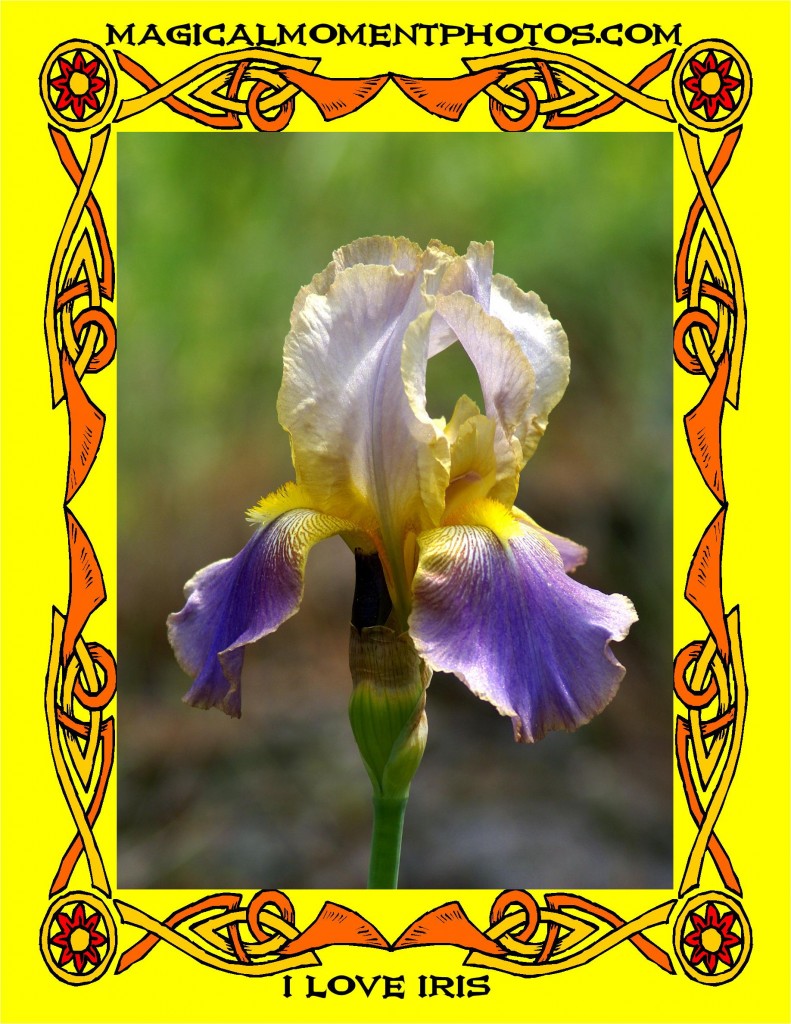FLOWER AND PLANT PHOTOS AND ARTWORK

THE BEAUTIFUL IRIS. BY BEN UPHAM.
FINE ART AMERICA FLOWER & PLANT PHOTOS & ART BY BEN UPHAM
and
MAGICAL MOMENT FLOWERS & PLANTS PHOTOS & ARTWORK BY BEN UPHAM
**************************************************************************************************************************************************
FLOWERS:
A flower, sometimes known as a bloom or blossom, is the reproductive structure found in flowering plants (plants of the division Magnoliophyta, also called angiosperms). The biological function of a flower is to effect reproduction, usually by providing a mechanism for the union of sperm with eggs. Flowers may facilitate outcrossing (fusion of sperm and eggs from different individuals in a population) or allow selfing (fusion of sperm and egg from the same flower). Some flowers produce diaspores without fertilization (parthenocarpy). Flowers contain sporangia and are the site where gametophytes develop. Flowers give rise to fruit and seeds. Many flowers have evolved to be attractive to animals, so as to cause them to be vectors for the transfer of pollen.
In addition to facilitating the reproduction of flowering plants, flowers have long been admired and used by humans to beautify their environment, and also as objects of romance, ritual, religion, medicine and as a source of food.
PLANTS:
Plants, also called green plants (Viridiplantae in Latin), are living organisms of the kingdom Plantae including such multicellular groups as flowering plants, conifers, ferns and mosses, as well as, depending on definition, the green algae, but not red or brown seaweeds like kelp, nor fungi or bacteria.
Green plants have cell walls with cellulose and characteristically obtain most of their energy from sunlight via photosynthesis using chlorophyll contained in chloroplasts, which gives them their green color. Some plants are parasitic and may not produce normal amounts of chlorophyll or photosynthesize. Plants are also characterized by sexual reproduction, modular and indeterminate growth, and an alteration of generations, although asexual reproduction is common, and some plants bloom only once while others bear only one bloom.
Precise numbers are difficult to determine, but as of 2010, there are thought to be 300–315 thousand species of plants, of which the great majority, some 260–290 thousand, are seed plants . Green plants provide most of the world’s free oxygen and are the basis of most of the earth’s ecologies, especially on land. Plants described as grains, fruits and vegetables form mankind’s basic foodstuffs, and have been domesticated for millennia. Plants enrich our lives as flowers and ornaments. Until recently and in great variety they have served as the source of most of our medicines and drugs. Their scientific study is known as botany.
**********************************************************************************************************************************